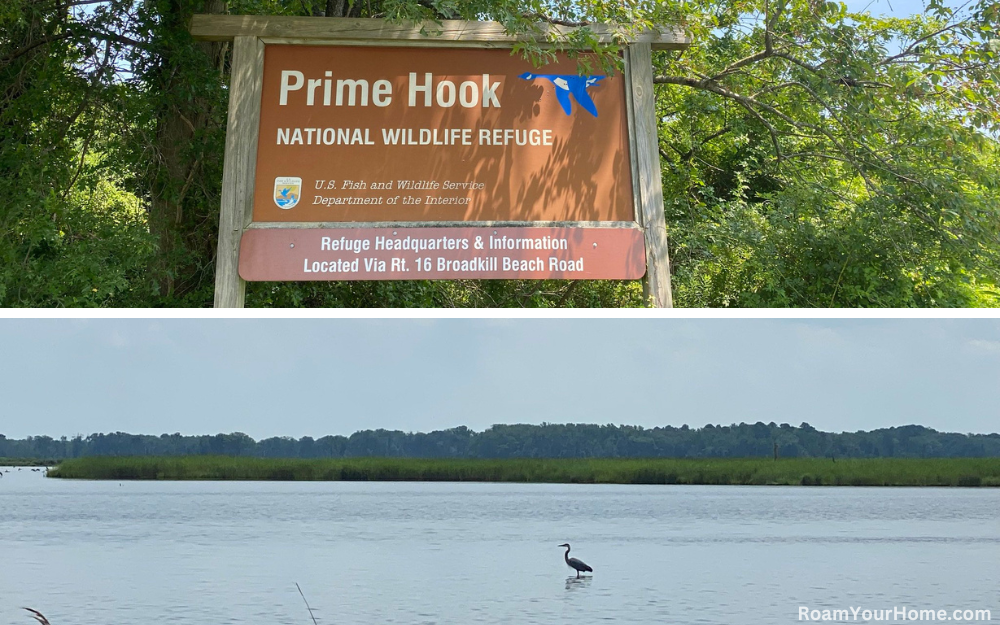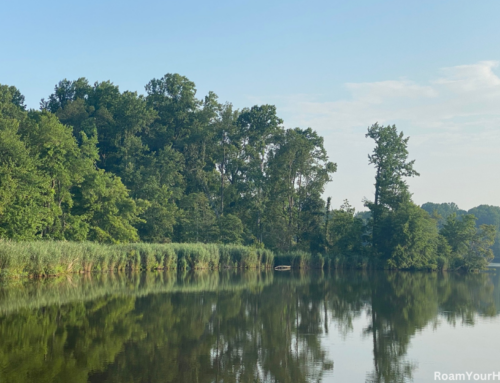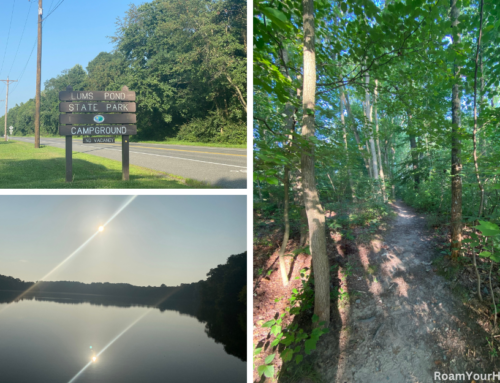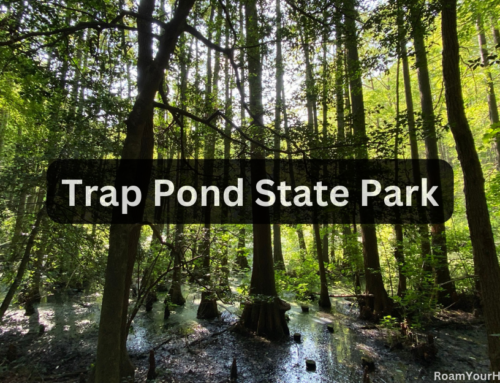
What to do at Prime Hook National Wildlife Refuge
Prime Hook National Wildlife Refuge is in eastern Delaware along the bay. It was created by President Kennedy in 1963 “for use as an inviolate sanctuary, or for any other management purpose, for migratory birds.” It protects over 10,000 acres of fresh and saltwater marshes along the Delaware Bay.
Prime Hook is about 15 minutes northeast of Milton, Delaware, about an hour and a half south of Wilmington. It’s also an easy day trip from Washington, DC, and Baltimore, about two and a half hours from both. It’s also only about 2 hours to Philadelphia. With its proximity to giant metropolitan areas, you would think it would get many more visitors than it does. But it flies under the radar. I only saw maybe ten other cars when I visited and was there for a few hours.
Visiting Prime Hook National Wildlife Refuge
The refuge, while overlooked, offers world-class wildlife viewing.
Bird watching is one of the main reasons people visit the refuge. The Prime Hook is an essential habitat for more than 245 species of birds. In the spring and fall, tens of thousands of birds stop during migration. During peak migration, as many as 100,000 snow geese and 80,000 ducks can be in the refuge at once in the fall.
Hiking Prime Hook NWR
There are 7.5 miles of hiking trails in Prime Hook. The half-mile Boardwalk Trail and half-mile Dike Trail are both ADA accessible, great for families, and offer ample opportunities to view wildlife. Check out the 1.4-mile Blue Goose Trail for those looking for a longer adventure. It meanders through upland fields, forests, freshwater marshes, and several wildlife observation areas.
Another great way to explore the refuge is in the water. Visitors can paddle over 15 miles of creeks, streams, and marsh. The designated Canoe Trail is 7 miles one way and takes paddlers through a red maple swamp and cattail marsh along Prime Hook Creek.
Heads up, mosquitos, ticks, and biting flies can be ferocious from June through September. Make sure to bring bug spray and dress appropriately to avoid bites.
No camping is available in the refuge, but reservable camping is available nearby at Cape Henlopen State Park.




